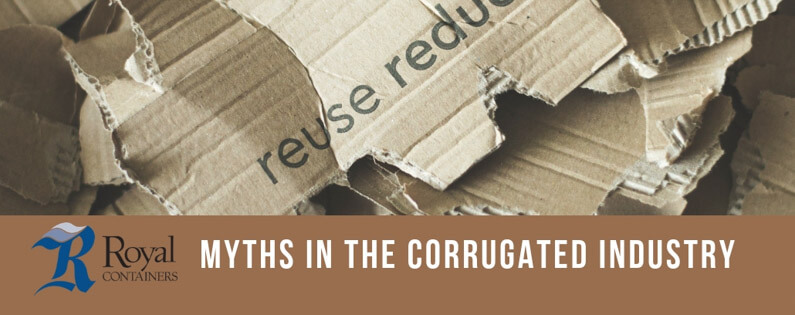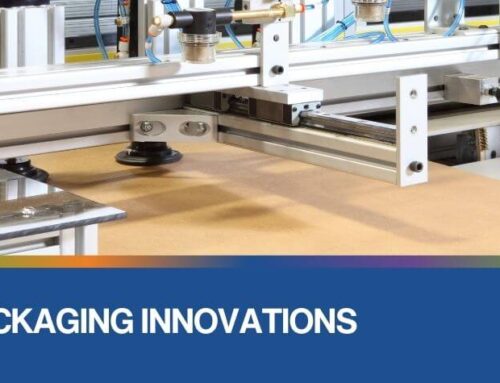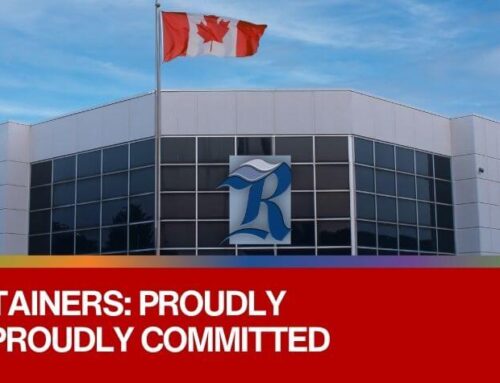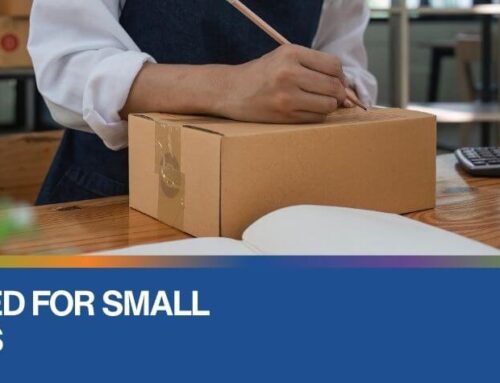Busting Myths in the Corrugated Industry

The Canadian corrugated industry struggles with two broadly held misconceptions: that our country is somehow “running out of trees” and that every time we need new packaging, the industry just grabs a chainsaw and heads to the woods. Think of the number of times you have heard someone say that they’re “saving” a tree by not printing a document!
The truth is that only a tiny amount of Canada’s extensive forestlands is harvested every year (less than half of one per cent). And it’s grown back! Check out PPEC Executive Director, John Mullinder’s recent book, Deforestation in Canada and Other Fake News. It’s full of facts on forestry and paper production in Canada and is being widely praised as easy to read, educational, and extremely well documented.
John also points out that most corrugated boxes made in Canada are made from 100% recycled content: from old corrugated boxes collected from the back of factories and supermarkets and from used paper and board collected from office buildings and residential Blue Box systems. In fact, Ontario’s Blue Box Program has reported an amazing 98% recovery rate for corrugated! For the second year in a row!
Now that we’ve set you straight on all that, let’s touch on another five common myths or misconceptions we’d like to debunk.
Myth 1: “Corrugated packaging is not very strong.”
Fake news! The strength-to-weight ratio for corrugated has improved recently as more durable material options, better fluting methods and more stable structural designs have penetrated the market. Shelf-ready packaging that requires both a sturdy shipper and an attractive display benefit from these advances. In addition, science is making possible new types of applications used to better protect and in some cases, preserve, the contents within a corrugated box. As an example, many frozen foods manufacturers are turning more to fibre-based solutions due to the advancement of these functional coatings.
Myth 2: “Printing on corrugated doesn’t look professional.”
High-quality flexo, litho and digital printers are producing colourful graphics that grab shoppers’ attention with clarity and precision. In addition, corrugated packaging providers are becoming G7-Certified; meaning brand colour-matching across all substrates and printing methods is guaranteed.
Myth 3: “It’s hard to produce interesting and fun designs.”
Technological innovations in laminating, die cutting, creasing, folding and gluing are making elaborate designs more economical to produce at high volumes and high speeds. For instance, a 20-fold shelf-ready package is no longer a challenge for automated corrugated forming machinery.
Myth 4: “Shipping with corrugated has limitations.”
Corrugated protects products more efficiently than fossil fuel-derived alternatives that might require extra materials to wrap and enclose the product or filling materials for added cushioning. The reliability of performance and the versatility of design in corrugated can reduce packaging requirements and eliminate excessive materials. Let’s face it; corrugated boxes have long been the shipping standard for a reason!
Myth 5: “Boxes just don’t appeal to consumers.”
In the era of social media, every brand touch point matters. Some consumers even make videos detailing the “unpacking” of their favourite products and packages. And even if they don’t notice the small details that go into the packaging, the familiarity of a hassle-free opening experience and the design reflects favourably on the brand. Add to all that the sustainability story inherent in corrugated, and you can rest assured that consumers will “get it.”
Myths… Busted!
Corrugated packaging is a sustainable, high-performance system for protection, automation, and delivery of products around the world. One that also has the ability to surprise and delight consumers.
At Royal Containers, our focus on sustainability and to consistently exceed our customers’ individual requests is why we continue to – Build Partnerships in Packaging.
Sources:
https://www.cccabox.org/index.php/packaging-design/





Leave A Comment